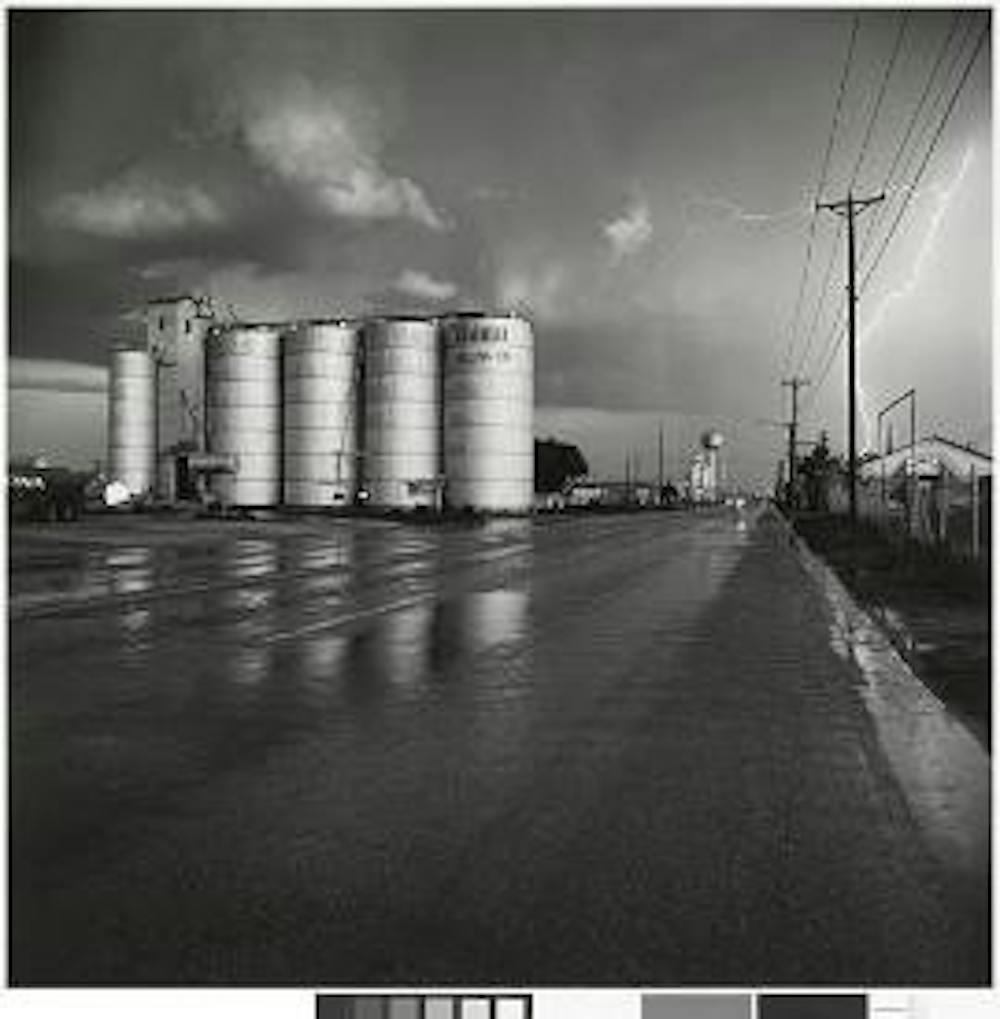As the French art world transitioned to modernity in the 19th century, essayist Baudelaire coined the term "le flaneur" to describe the changing role of the artist; the word depicts the artist as someone who is both actively a part of the world, and a wandering observer. The compelling work of American photographer Robert Frank, now on exhibit at the National Gallery, embodies this two-part expectation of the artist. Frank makes sense of his journeys in evocative black and white images, using poetic detail to comment on his surroundings.
Aptly named after one of Frank's most accomplished books of photography, the exhibit "Looking In: Robert Frank's 'The Americans,'" contains all 83 original photographs from this collection published in 1959, displayed in the same narrative order. Pieced together with work from his earlier global travels and correspondence with his contemporary Jack Kerouac, the exhibit evokes the more organic story of Frank's creative impulses. Walking through the several rooms of his work on display feels like being in the artist's mind as he works through an idea. "The Americans" might be known for its commentary on American life during the '50s, but it's really the personal story of a wanderer.
"The humor, the sadness, the EVERYTHING-ness, the American-ness," Kerouac wrote in the original introduction to Frank's book, now on display in the exhibit with its red-penned corrections. The themes of Frank's work are as expansive and diverse as Kerouac enthusiastically suggests. However, the artist resisted structuring his photographs to create a pointed narrative on the American way of life. In the same vein as the other mediums of his day such as jazz music and the impressionistic narrative style of the Beat authors, Frank played with the charm of details and juxtaposition of imagery to create poetry. The moments he constructs are emotionally precise, but fleeting; familiar, but jarringly beautiful.
In a lyrical series of work from one of his earlier collections, "Black White and Things," Frank coaxes emotional narrative out of contrasting light. The photo "Couple, Paris" captures a radiantly happy couple, smiling broadly in a swath of bright light. However, the next photograph in the series depicts the cream-colored shadow of an old woman's face peeking out from an almost all-black background. He collages together stories from different parts of the world into the same emotional arc, conjuring in the contrast how specific and ephemeral our stories are. A few works later in the same series, the photograph "Tulip/Paris" uses detail to create another resonant story. In the photo, a man in a long black coat stands facing away from the camera, holding a single tulip behind his back. Next to him, an older man smoking a pipe in a newsboy cap rifles through a pouch for change. The sharp use of detail seems almost flirtatious. It's impossible not to search through the blurry suggestion of a Paris street corner in the background for a smiling woman about to be surprised by a beautiful flower.
As the exhibit makes its way into Frank's later work, his style becomes even more evocative. His images are self-assured and powerful. The last room, containing the entirety of the collection of "The Americans," showcases the work of a master photographer unafraid to play with structure and words to create vibrant commentary about American modernity.
Stylistically unique and visually stunning, this exhibit captures the work of a wanderer and artist, masterfully coaxing the smallest detail into poignant poetry.
"Looking In: Robert Frank's 'The Americans'" will be on display through April 26 in the West Building of the National Gallery of Art. The gallery is open from 10 a.m. to 5 p.m. from Monday to Saturday and from 11 a.m. to 6 p.m. Sunday. Visit www.nga.gov for more information.
You can reach this staff writer at agoldstein@theeagleonline.com.





